Written by May Thet Niang
With more than 613,000 people dead as of March 2023, the Syrian civil war has left its economy in ruins. In addition to GDP shrinking by more than half between 2010 and 2020, unemployment exceeds 50% and 90% of the population remains below poverty (Yazigi, 2014).
Hidden behind the spiraling inflations, a depreciating currency, and resource shortages is a war economy that depends on violence. While providing profits to all major parties involved in the war, Syria’s weakened economy prolongs the conflict through the development of organized crimes, fueled by the actions of the international community and the sustainability of a declining economy.
As armed conflict weakened state legitimacy, Syrians in opposition-controlled areas have found less opportunity cost in creating informal economies consisting of looting, kidnapping, and smuggling. Efforts to fight for lucrative resources such as oil fields and border posts have increased tensions between the rebel groups involved. For instance, in the northeastern regions, civil war continues as Al-Qaeda-linked groups and Arab tribes battle for oil fields (Yazigi, 2014). The decline of Syrian government power in the borderlands has also led to increased smuggling of weapons from networks of illicit entrepreneurs across Turkey and Iraq, providing insurgent groups with the resources necessary to continue fighting. In most cases, the profits earned from these illicit economies are enough incentive for rebels to keep the war going. For instance, by levying transit fees at border crossings and checkpoints in rebel-controlled areas, groups such as Jabhat Al-Nusra can earn as much as $1000 on trucks that pass through (Herbert, 2014). On the other hand, the battles between different groups can give rise to business opportunities. For example, in October 2012, rebel forces that seized the Syrian Army base (Wadi Deif and Ahmadiyah) prolonged the battle to keep profiting through bribes from the regime that hoped to supply its men within the region with weapons (Steemkamp, 2018).
With illicit economies funding the main actors of the war, it is significant to investigate the role the international community has played in the formation of these sectors. Sanctions against the Syrian government in 2011 led to a decline in oil revenue, leading to fuel shortages for households and worsening the lives of low-income Syrians (Steemkamp, 2018). In such cases, black markets became an attractive solution for civilians who could be provided with employment opportunities through drug production and trafficking businesses. Furthermore, sanctions against state entities and inventors contributed to the development of a war economy. With restrictions on international transactions, the government used intermediaries across different countries to continue importing supplies (Yazigi, 2014). The process of using brokers and intermediaries can be costly, increasing the prices of basic commodities entering Syria. The rise of such markets strengthens the war as regime cronies and middlemen profit while civilians are burdened by the increased costs.
The decline of the Syrian economy following the outbreak of nationwide conflict in 2011 has also enabled the formation of a war economy. Part of the decline consisted of the rapid flight of tourists following the uprising, leading to decreased consumption and investment. Though the government utilized import bans and reduced prices to preserve the domestic economy, the Syrian pound continued to decline. The currency is known to fluctuate by more than ten percent in a single day. This instability is what well-connected speculators close to the regime have come to capitalize on (Herbert, 2014). Through trading, these speculators take advantage of the differences between currency values across the official and black market rates. Furthermore, the expansion of the violence to cities like Damascus and Aleppo – cities that made up more than 50 percent of the country’s manufacturing sector – led to the decline of manufacturing exports (Steemkamp, 2018). Without state control in opposition-held areas, the central laws regulating businesses have disappeared, providing rebel groups with new opportunities to engage in illicit activities. Therefore, though the government has banned used passenger cars in Syria to continue preserving its foreign currency reserves by restricting imports, rebel-controlled northern regions have seen a flow of used cars (Yazigi, 2014).
Moreover, to prevent further conflicts, the regime has expanded its reliance on local militias. However, the growing reliance meant the government had to grant these militias increased autonomy, enabling them to not only loot areas they control but also engage in illicit activities. For example, in Lattakia, an Assad-affiliated group, carried out kidnappings to fund themselves.
Today, Syria is home to a war economy filled to the brim with unlawful activities that ensure the well-being and survival of opposition forces and the regime. Being able to profit from black markets that emerged from battlefields and connections with outside forces means that all parties involved in the Syrian civil war have more than enough incentive never to resolve the conflicts, possibly explaining why the issue has lasted more than a decade. By looking at the crisis through an economic lens, the global community may be able to collaborate on solutions – whether it is through calling for ceasefires or constructing more concise resolutions – that prevent those carrying out harm from benefitting and the death tolls from rising.
References:
- Herbert, M. (2014, January). Partisans, profiteers, and criminals: Syria’s illicit economy. In The Fletcher Forum of World Affairs (pp. 69-86). The Fletcher School of Law and Diplomacy.
- Yazigi, J. (2014). Syria’s war economy (pp. 1-7). European Council on Foreign Relations (ECFR).
- Steenkamp, C. (2017). The crime-conflict nexus and the civil war in Syria. Stability: International Journal of Security and Development, 6(1), 11.
- Bojicic-Dzelilovic, V., & Turkmani, R. (2018). War economy, governance, and security in Syria’s opposition-controlled areas. Stability: International Journal of Security and Development, 7(1), 1-17.

